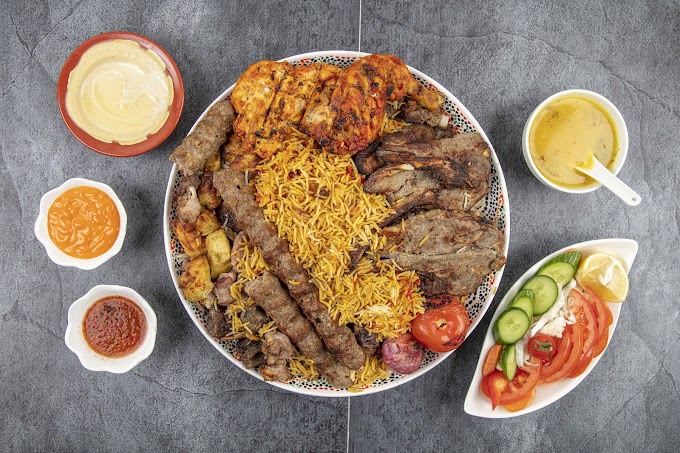Introduction
Vietnamese food culture is a vibrant tapestry woven with centuries of tradition, fresh ingredients, and bold flavors. From the bustling street markets of Hanoi to the coastal cuisine of Da Nang and the sweet southern touch of Saigon, Vietnam’s culinary scene is as diverse as its geography.
The Philosophy Behind Vietnamese Cuisine
Vietnamese cuisine emphasizes balance—not just in taste but also in nutrition. Based on the principles of Yin and Yang, meals are designed to harmonize hot and cold elements, salty and sweet, crunchy and soft.
Herbs like mint, Thai basil, and cilantro, alongside ingredients such as fish sauce (nuoc mam), lemongrass, garlic, and chili, give Vietnamese dishes their signature character. Rice is a staple, present in forms like steamed rice, rice noodles, rice paper, and rice porridge.
Regional Variations Across Vietnam
The Thriving Vietnamese Street Food Scene
- Banh Mi – the iconic Vietnamese baguette sandwich
- Xoi – sticky rice with toppings like mung beans, chicken, or Chinese sausage
- Che – a sweet dessert soup made with beans, jelly, and coconut milk
Vietnamese Food Culture Abroad
Vietnamese cuisine has gained global recognition, especially dishes like Pho, Banh Mi, and Goi Cuon. With its focus on fresh ingredients and balanced flavors, it’s also seen as one of the healthiest cuisines in the world.
Etiquette and Eating Customs
Vietnamese meals are shared, not served individually. Everyone eats from the same set of dishes, using chopsticks and soup spoons. Common customs include:
- Always inviting elders to eat first.
- Using two hands to pass dishes or bowls as a sign of respect.
- Avoiding sticking chopsticks vertically into a bowl of rice—it resembles incense sticks at a funeral.
Final Thoughts: Why Vietnamese Cuisine Is a Must-Explore
Whether you're a fan of noodle soups, spicy salads, or grilled skewers, Vietnamese cuisine offers something for everyone. It's not just a meal—it's a cultural experience steeped in history, geography, and family traditions.
If you're a food lover or traveler, diving into Vietnam's food culture is like tasting the country's soul—one flavorful bite at a time.





.jpg)

